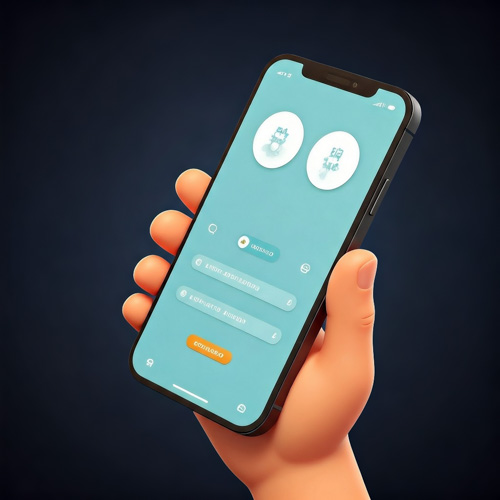The University of Wisconsin-Madison is developing a mobile application that could revolutionize how older adults approach aging in place. The Augmented Reality Home Assessment Tool, or ARHAT, currently in prototype form, aims to provide an easier and more affordable alternative to in-person home safety assessments.
Developed by professors in the School of Human Ecology and the Department of Kinesiology, ARHAT utilizes the LiDAR scanner technology available in recent iPhone and iPad Pro models. The app guides users through a step-by-step process of measuring relevant aspects of their living spaces. Users select from a list of common functional limitations, such as visual impairment or poor balance, and then choose areas of the home they want to evaluate, like the bathroom or kitchen. The app then provides tailored questions and measurement prompts. By overlaying visuals on the device’s camera view, ARHAT instantly identifies potential accessibility barriers.
The app generates a detailed report at the end of the assessment, including a list of identified barriers, relevant guidelines from the Americans with Disabilities Act (ADA), and suggested design solutions. Researchers involved in the project state that using ARHAT is not only faster and more accurate than manual measurements but also easier to use, boosting user confidence in their assessments.
While the developers initially envision occupational therapists and similar professionals as primary users due to some older adults experiencing difficulties with the technology, the potential for wider adoption is significant. Programs like Wisconsin’s AgeBetter’s Safe at Home already offer free or low-cost in-person assessments, highlighting the need for accessible solutions. ARHAT could complement these services by empowering individuals to proactively identify and address home accessibility issues.
For those in Generation X who are now facing the realities of their own aging parents, or even contemplating their own future needs, this type of technology offers a promising outlook. The ability to conduct a preliminary home assessment using a user-friendly app could streamline the process of making necessary modifications, allowing for more informed discussions with professionals and ultimately facilitating a smoother transition to aging in place. This tool could empower individuals to take a proactive approach to their living environments, ensuring greater independence and safety as they age.


Leave a Reply